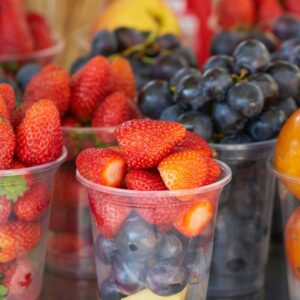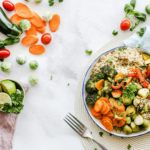10 Best Alternatives to Bubble Wrapping:Eco Friendly Replacement
By
Contents
Since its invention, bubble wrap has been a go-to option for protecting fragile items during shipping. But as business and individuals shift towards sustainability, the demand for eco-friendly bubble wrap alternatives is on the rise. In this article, we will explore 10 of the best alternatives to bubble wrapping, highlighting eco-friendly and practical solutions to help you make the switch.
Why Look for Alternatives to Bubble Wrap?
Bubble wrap has been a popular choice for protecting fragile items during shipping for decades, but its environmental drawbacks have become impossible to ignore. Made from plastic, traditional bubble wrap is not biodegradable, contributes significantly to landfill waste, and is often difficult to recycle. In today’s world, where sustainability is a growing concern, businesses and individuals alike are seeking bubble wrap replacements that offer the same level of protection and eco-friendly.
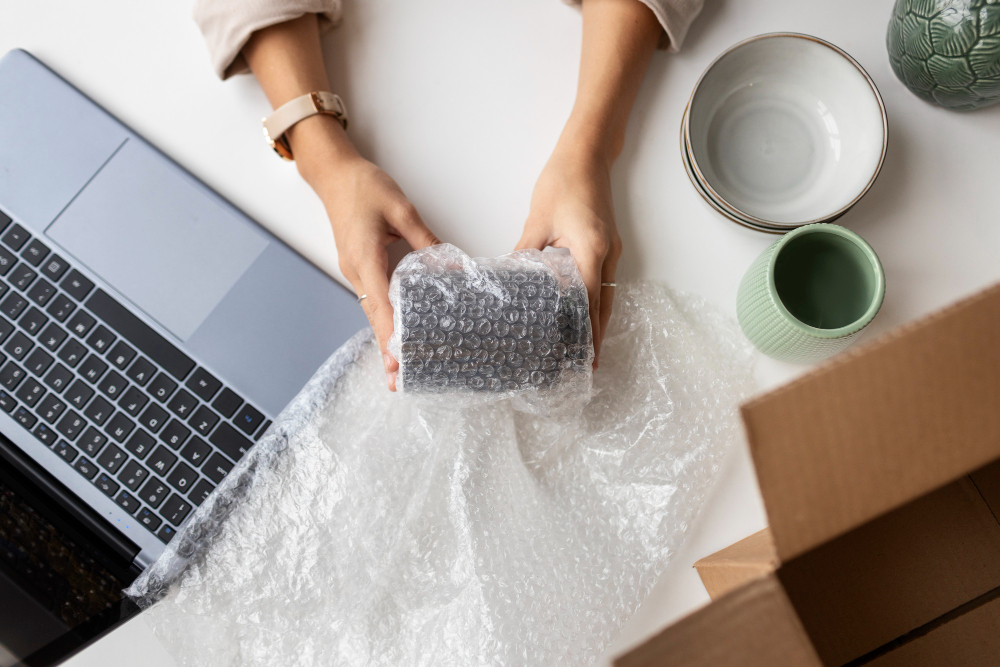
10 Best Eco-Friendly Bubble Wrap Alternatives
As businesses and individuals become more environmentally conscious, the demand for sustainable alternatives to bubble wrap has grown significantly. Fortunately, there are a variety of eco-friendly materials available that offer effective protection for fragile items while reducing environmental impact. These alternatives are not only functional but also align with modern sustainability goals.
Corrugated Cardboard
One popular option is corrugated cardboard, which provides sturdy protection and is both recyclable and biodegradable. This material is perfect for wrapping delicate items such as glassware or ceramics, offering excellent cushioning during transit.
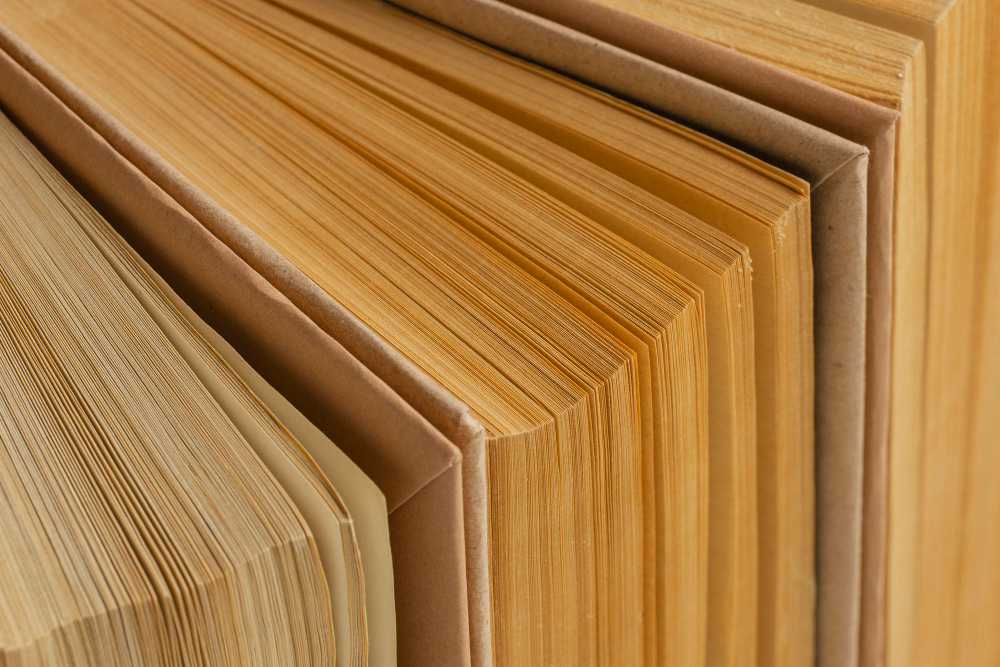
Honeycomb Wrapping Paper
This kraft paper alternative mimics the structure of a honeycomb, providing superior cushioning for oddly shaped or fragile items. Its biodegradable nature ensures it can be discarded responsibly after use. On the other hand, biodegradable packing peanuts, made from materials like cornstarch, dissolve in water and offer an excellent eco-friendly replacement for traditional foam peanuts.
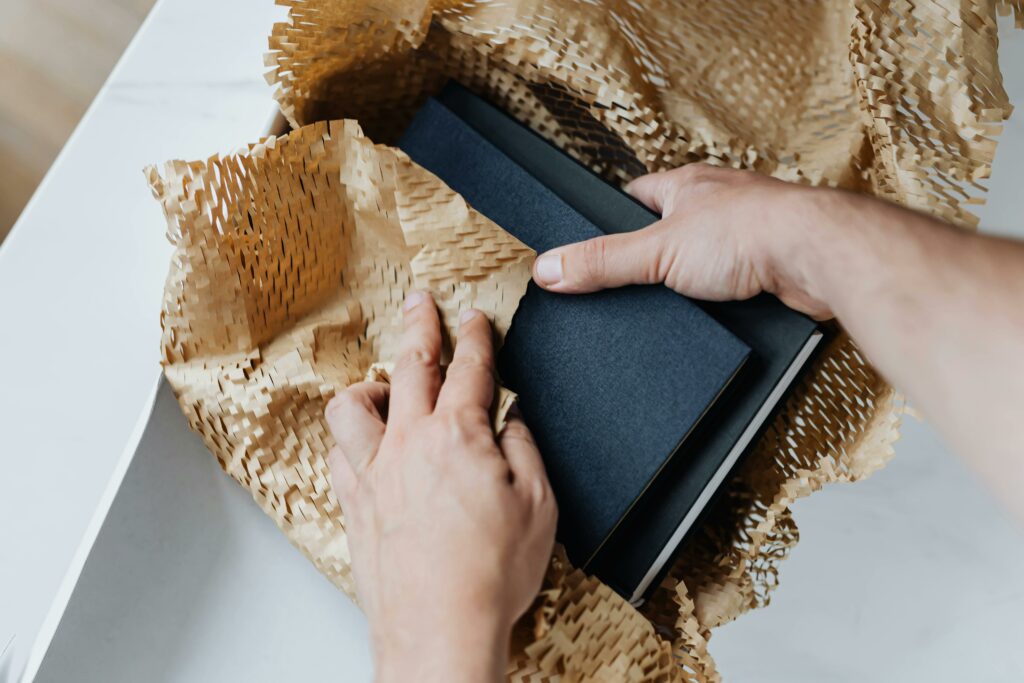
Mushroom Packaging
Another standout option is mushroom packaging, which is gaining traction as one of the most sustainable packaging materials on the market. Made from agricultural waste and mycelium (the root structure of mushrooms), this packaging is entirely compostable and ideal for protecting heavy or fragile goods.
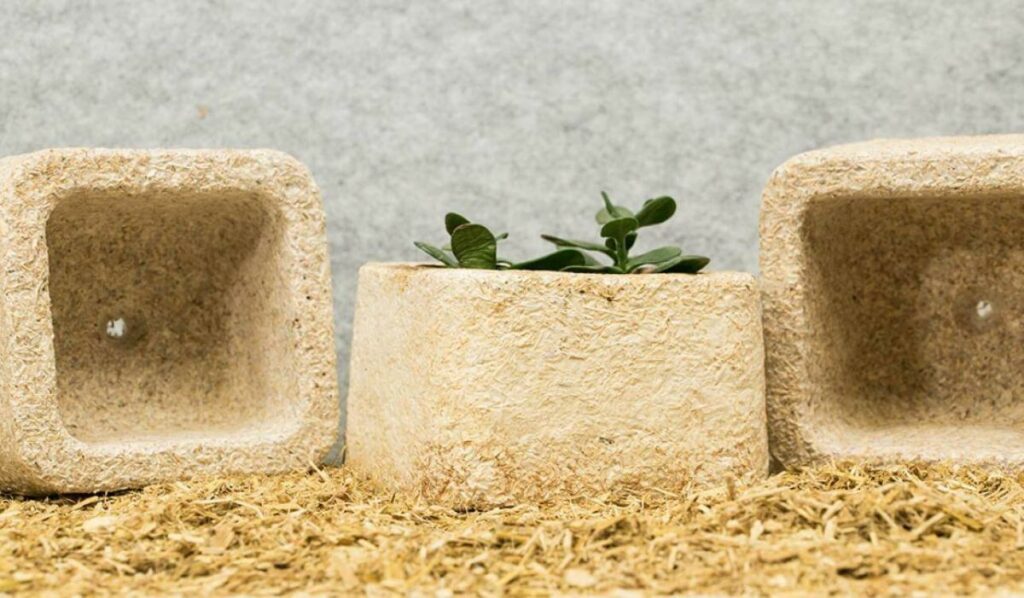
Recycled Shredded Paper
Shredded paper is perfect for filling gaps in boxes and repurposes existing materials, making it a zero-waste solution. Fabric wraps, such as old T-shirts or reusable cloths, add a personal and creative touch while being reusable and durable.
Inflatable Paper Cushions & Air Pillows
These two types of wrapping paper made from recycled materials offer practical and lightweight solutions. Inflatable paper cushions are biodegradable, while air pillows made from recycled plastic can often be reused multiple times, reducing overall waste.
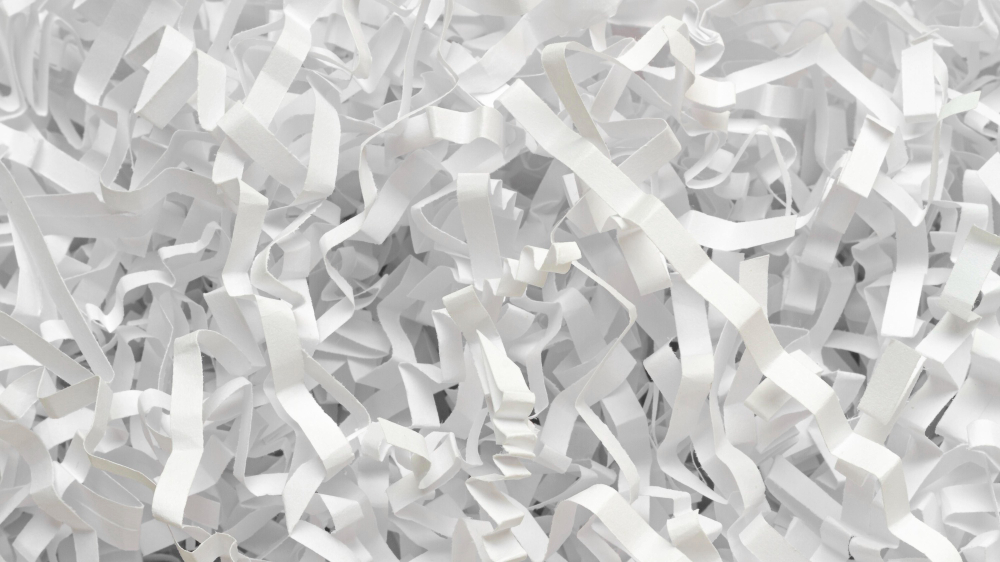
Packing Peanuts vs Bubble Wrap: Which is Better?
Many people may face the problem of choosing packaging peanuts or bubble wrap. The choice largely depends on your packaging needs, bubble wrap provides excellent cushioning, wrapping directly around fragile items like glassware and electronics, while packing peanuts excel at filling empty spaces in boxes to prevent items from shifting during transit.
Sustainability is a key factor to consider. Biodegradable packing peanuts, made from cornstarch, decompose naturally and offer an eco-friendly alternative to traditional polystyrene peanuts. Bubble wrap made from recycled plastic is a step forward, but it’s not compostable and often harder to recycle.
In terms of cost and convenience, bubble wrap is more suitable for small-scale use, while packing peanuts is ideal for bulk packaging. However, packing peanuts can create a mess during unboxing, whereas bubble wrap provides a cleaner experience.
For a sustainable and functional solution, biodegradable packing peanuts are an excellent choice for void filling, while eco-friendly alternatives like honeycomb paper can replace bubble wrap for direct cushioning.
Conclusion
Finding the best eco-friendly bubble wrap alternative is not only good for the planet but also a smart move for your business. From honeycomb wrapping paper to biodegradable packing peanuts, there are numerous options available to suit your needs.
For more inspiration and guidance on sustainable packaging, explore the top 10 Eco-Friendly choices for food to discover innovative materials tailored for the food industry. By making the switch to sustainable materials, you can protect your items and contribute to a greener future!


